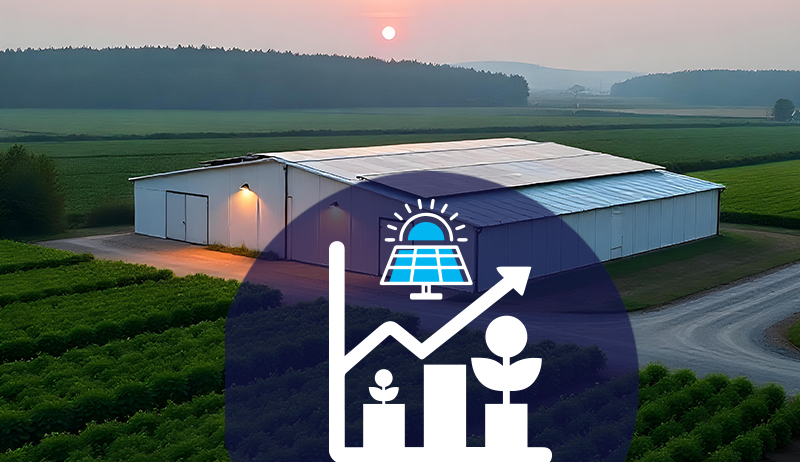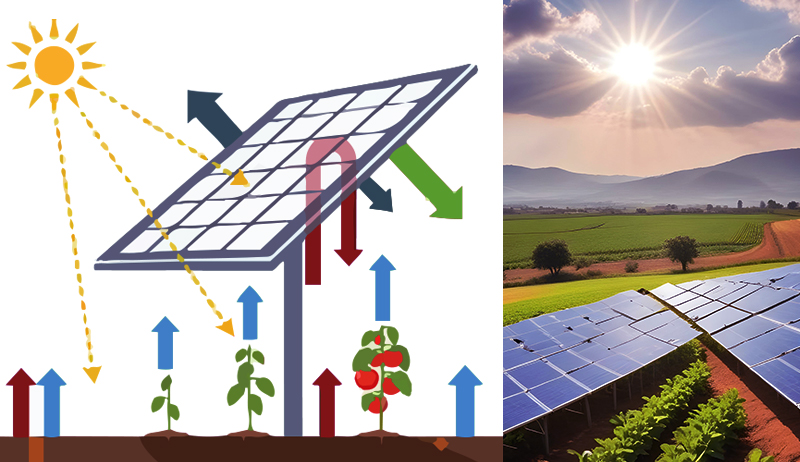Introduction World Smart City Index
The world is witnessing a rapid transformation in urban development with the emergence of Smart Cities.
These cities leverage technology and innovation to enhance the quality of life, sustainability, and efficiency of their infrastructure and services. The World Smart City Index provides valuable insights into the leading Smart Cities globally.
In this article, we will delve into the top Smart Cities featured in the index, exploring their achievements, innovative initiatives, and their commitment to building a smarter future.
Outlook World Smart City Index
What is the World Smart City Index?
The World Smart City Index is a comprehensive assessment of cities worldwide that evaluates their progress and performance in adopting and implementing smart technologies and sustainable practices. This index takes into account various factors such as digitalization, infrastructure, mobility, sustainability, and quality of life. It serves as a benchmark for policymakers, urban planners, and technology enthusiasts to understand the advancements and opportunities in Smart City development.
Leading Smart Cities
1. Tokyo, Japan: Tokyo tops the index with its advanced technological infrastructure, efficient transportation systems, and emphasis on sustainability.
2. Singapore: Singapore excels in urban planning, smart mobility, and digital governance, making it a global leader in Smart City development.
3. Seoul, South Korea: Seoul showcases smart transportation, e-governance, and innovative initiatives to enhance livability and sustainability.
4. London, United Kingdom: London stands out for its data-driven approach, smart infrastructure, and commitment to becoming a global Smart City hub.
5. New York City, USA: New York City demonstrates its prowess in digital connectivity, smart energy systems, and urban innovation labs.
6. Barcelona, Spain: Barcelona’s focus on citizen engagement, smart mobility solutions, and sustainable urban development positions it as a prominent Smart City.
7. Amsterdam, Netherlands: Amsterdam excels in smart mobility, renewable energy adoption, and collaborative initiatives for sustainable living.
8. Copenhagen, Denmark: Copenhagen showcases its efforts in sustainable transport, cycling infrastructure, and green initiatives.
9. Helsinki, Finland: Helsinki emphasizes smart mobility, clean energy, and open data, contributing to its reputation as a leading Smart City.
10. Stockholm, Sweden: Stockholm’s commitment to sustainability, smart grids, and digital infrastructure makes it a model Smart City.
Benefit World Smart City
Benefits and Impact of Smart Cities
Smart Cities bring numerous benefits to their residents and the environment. They improve the quality of life by enhancing mobility, safety, and access to public services. With optimized resource management and efficient infrastructure, Smart Cities contribute to environmental sustainability, reducing energy consumption and carbon emissions. The implementation of advanced technologies and data-driven decision-making processes leads to improved urban planning and better allocation of resources.
The Path to a Smarter Future
The World Smart City Index serves as an essential tool for cities, governments, and stakeholders to assess their progress and identify areas for improvement. It highlights successful initiatives, encourages knowledge sharing, and fosters healthy competition among cities striving to become smarter and more sustainable.
Conclusion World Smart City Index
The World Smart City Index showcases the remarkable progress and innovation taking place in cities worldwide. From Tokyo’s advanced infrastructure to Barcelona’s citizen-centric approach, these Smart Cities are paving the way for a sustainable and connected future.
As the world continues to urbanize, the World Smart City Index serves as a guiding framework, inspiring cities to leverage technology and prioritize sustainability to build smarter, more livable communities for their residents.
https://www.exaputra.com/2023/06/exploring-top-smart-cities-in-world.html
Renewable Energy
Germany and the U.S. — a Key Difference
 As I mentioned in my recent post on Germany, we have a president in the United States who’s doing everything in his power to destroy the entire renewable energy industry, and, thus, is creating a real problem for those concerned about jobs. Currently, there are 569,000 solar in renewable energy generation, and over 3 million in the related industries, e.g., battery storage.
As I mentioned in my recent post on Germany, we have a president in the United States who’s doing everything in his power to destroy the entire renewable energy industry, and, thus, is creating a real problem for those concerned about jobs. Currently, there are 569,000 solar in renewable energy generation, and over 3 million in the related industries, e.g., battery storage.
Here’s a question worth asking: What do the Germans have that Americans don’t? Answer: A population of voters that values honesty and sanity.
What they don’t have is a criminal sociopath running their country.
Renewable Energy
German Cranks Up the Volume on Renewable Energy
Germany finds itself in a unique position among the countries of the world, in that it’s gotten rid of both coal and nuclear and now depends quite heavily on renewables. Germany is the world’s third largest economy, behind the United States and China, so there is a huge amount at stake.
These people are extremely sharp, and they’re not known for risk-taking. Yet they’ve made a huge commitment here; renewables (mainly wind and solar) accounted for 59% of Germany’s electricity in 2024, and that figure is headed for 80% by 2030.
Meanwhile, in the United States, we have a president who’s doing everything in his power to destroy the entire renewable energy industry, and, for those concerned about jobs, this is problematic, to say the least. At the end of 2024, more than 3.5 million Americans were employed in clean energy occupations, spanning renewable generation (569,000 jobs), battery and storage, energy efficiency, biofuels, grid modernization and clean vehicles industries. These jobs now represent a significant share of the U.S. workforce—including seven percent of all new jobs added in 2024—and are spread across every state, strengthening local economies.
A quick story: The governor of Iowa, a Republican, was asked by another GOP leader why he didn’t but a spear through the wind industry, as it’s competitive with fossil fuels, which Republicans adore. The reply, “Are you kidding? What you think hundreds of thousands of my voters do for a living?”
Renewable Energy
2026 Victorian Air Conditioning Rebate: What’s New!
The post 2026 Victorian Air Conditioning Rebate: What’s New! appeared first on Cyanergy.
https://cyanergy.com.au/blog/2026-victorian-air-conditioning-rebate-whats-new/
-
Climate Change2 years ago
Spanish-language misinformation on renewable energy spreads online, report shows
-
Climate Change3 months ago
Guest post: Why China is still building new coal – and when it might stop
-
Climate Change Videos2 years ago
The toxic gas flares fuelling Nigeria’s climate change – BBC News
-

 Greenhouse Gases1 year ago
Greenhouse Gases1 year ago嘉宾来稿:满足中国增长的用电需求 光伏加储能“比新建煤电更实惠”
-
Greenhouse Gases3 months ago
Guest post: Why China is still building new coal – and when it might stop
-

 Climate Change1 year ago
Climate Change1 year ago嘉宾来稿:满足中国增长的用电需求 光伏加储能“比新建煤电更实惠”
-

 Carbon Footprint2 years ago
Carbon Footprint2 years agoUS SEC’s Climate Disclosure Rules Spur Renewed Interest in Carbon Credits
-
Renewable Energy4 months ago
US Grid Strain, Possible Allete Sale

















